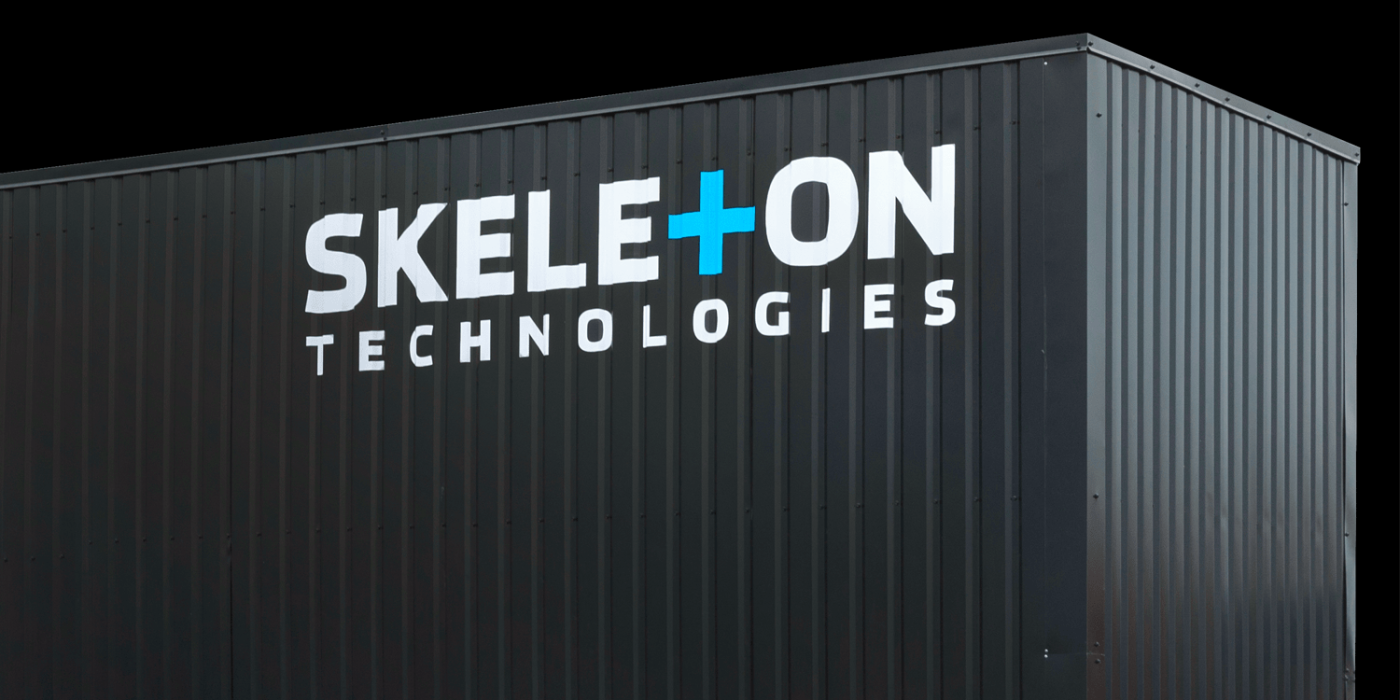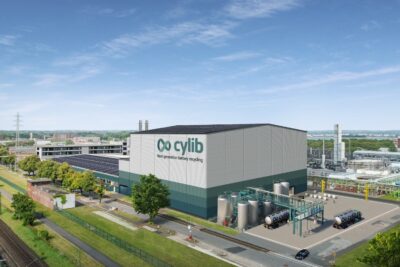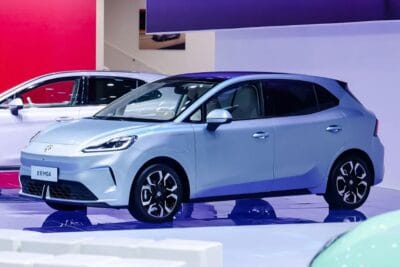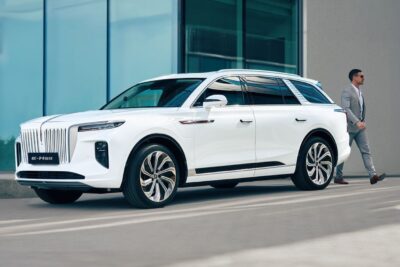KIT & Skeleton developing graphene batteries
The ultracapacitor manufacturer Skeleton Technologies has announced a cooperation with the Karlsruhe Institute of Technology (KIT). The partners are working together on the development of a graphene battery with a charging time of only 15 seconds.
The extremely short charging time combined with hundreds of thousands of charging cycles should make the “SuperBattery” a perfect solution for e-mobility, the manufacturer says confidently in the announcement. The battery is based on Skeleton’s patented carbon material they are calling Curved Graphene, which is to enable the high performance and long life of ultracapacitors now also in a graphene battery, in combination with materials specially developed at KIT.
“SuperBattery technology is a critical factor for the automotive industry,” says Taavi Madiberk, Managing Director of Skeleton Technologies. Apart from the 15-second charging time, the Estonian company that operates a plant in the German state of Saxony has not provided any further data on the graphene battery.
When asked by electrive, a spokesperson explains that the charging time mentioned can be achieved not only in the laboratory but also in real applications. However, they do not specify how much energy can be transferred in this short time. Only this much: “Charging ensures that the ‘SuperBattery’ provides the additional range for daily commuting or short distances within seconds.
Skeleton sees three applications for the technology in the automotive industry. Hybrid cars should be able to reduce fuel consumption and CO2 emissions in the double-digit percentage range, and hybrid cars should be able to accelerate as fast as purely electric cars thanks to the rapid energy release of the battery.
More interesting, however, might be the use in battery-electric cars as a supplement, not instead of the lithium-ion battery. “The SuperBattery can avoid the typical oversizing of batteries and corresponding cooling systems, which leads to significantly lower costs and a longer service life of the systems,” says the company spokesperson. “Essentially, the SuperBattery serves as a buffer for peak power loads for charging and discharging, which are normally the most demanding tasks for today’s batteries.”
Graphene battery still has a low energy density
This is one of the reasons why the graphene battery is used as a buffer rather than as the sole traction battery: Its energy density cannot yet keep up with other battery types. When asked, Skeleton gives a value of 60 Wh/kg here, which is roughly on a par with nickel-metal hydride batteries. Lithium-ion batteries reach 120 to 180 Wh/kg. Tesla boss Elon Musk announced in a tweet in August that long-life cells with an energy density of 400 Wh/kg would be available in three to four years.
It should also be possible to use them as buffer batteries in fuel cell vehicles, in this case instead of the buffer batteries made of lithium-ion cells currently used. According to Skeleton, the regenerative braking of the FCEV is to be improved and the fuel cell system itself is to be designed smaller. As with hybrid cars, the battery should enable good acceleration values due to its high current output. Something that FCEVs usually lack compared to BEVs.
Skeleton Technologies, according to its own statements, has recently signed a letter of intent for one billion euros with a “leading automotive OEM” to bring the technology to market. Although the automotive industry is the most visible sector, the SuperBattery is also expected to be suitable for industrial applications or as a buffer storage to stabilise the power grid, according to Skeleton’s spokesperson.
With reporting by Sebastian Schaal, Germany.
Source: Press release via email





4 Comments